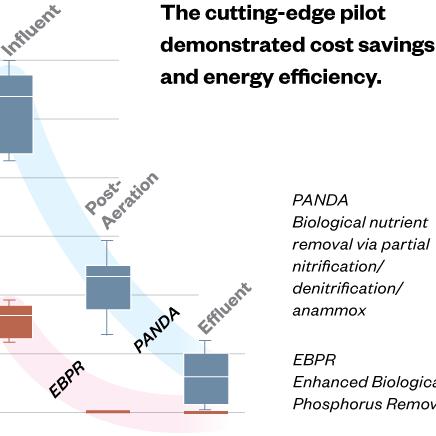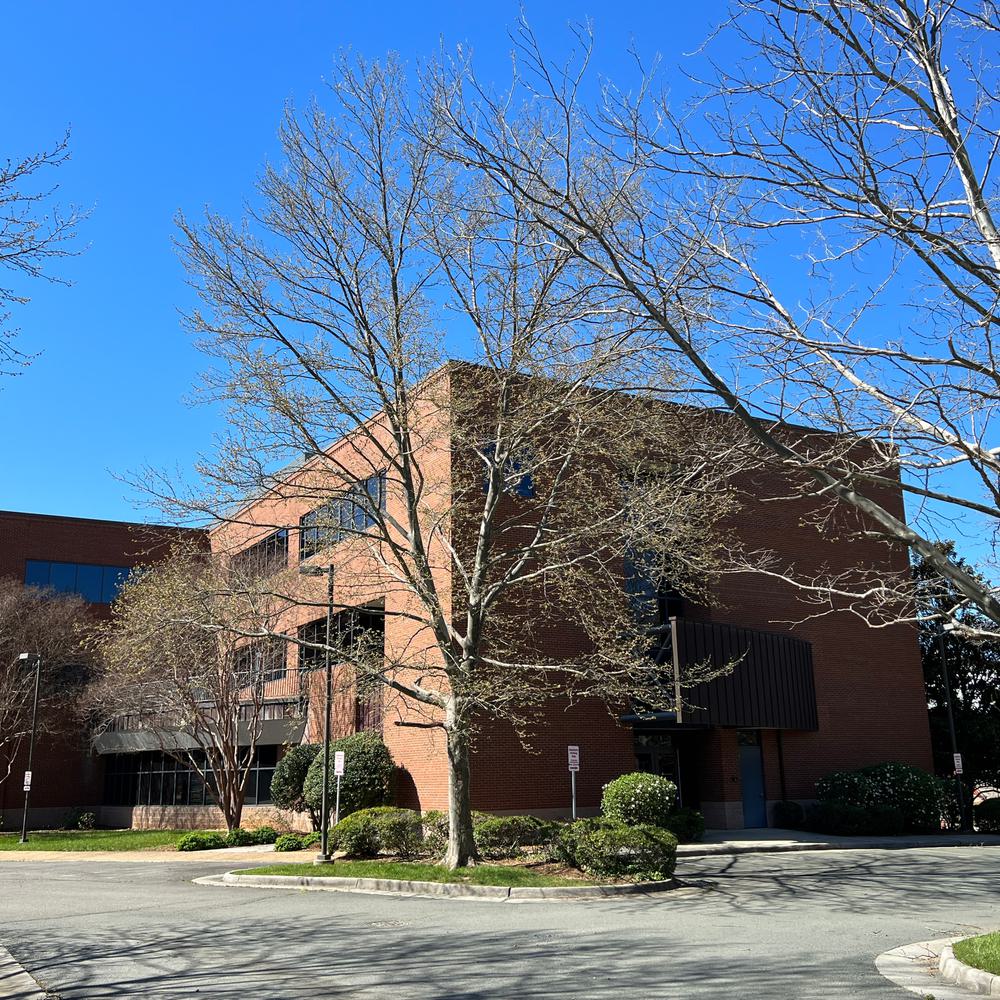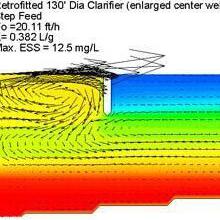Digester Gas Energy Recovery
Deciding Between Driving Blowers or Making Electricity
Last Modified Jul 06, 2022

The energy efficiency improvements at the Moores Creek WWTP will provide substantial savings in purchased natural gas and electrical power while providing an economically and environmentally sustainable alternative energy product.
The Rivanna Water and Sewer Authority operates the 15 mgd Moores Creek WWTP in Charlottesville, VA. Residuals from the treatment plant are thickened and stabilized via anaerobic digestion prior to dewatering and further processed at an off-site composting facility.
Construction of digester heating improvements, a combined heat and power (CHP) generation system and aeration system modifications were recently completed as part of a project to upgrade the existing facility from a conventional nitrification plant to a five-stage ENR (enhanced nutrient removal) process to meet stringent Chesapeake Bay driven effluent nutrient limits. The existing facility previously relied on gas engine-driven aeration blowers equipped with a waste heat recovery system to provide hot water for digester and building heating.
The engine-driven blowers routinely utilized natural gas to supplement digester gas to produce sufficient hot water for digester heating, resulting in excessive aeration and inefficient energy utilization. The need to replace the existing blowers coupled with energy cost volatility and the RWSA’s proactive approach to environmental sustainability led to the re-evaluation of the use of digester gas to drive aeration blowers at the Moores Creek WWTP.
Methodology
Four alternatives were evaluated for replacement of the four existing aeration blowers and utilization of digester gas at the Moores Creek WWTP including:
Install two electric motor-driven and two gas engine-driven centrifugal blowers. Provide digester heating through heat recovery from the gas engine-driven blowers.
Install two electric motor-driven and two gas engine-driven centrifugal blowers. Provide digester heating through dual-fuel hot water boilers with excess digester gas sent to the gas engine-driven blowers.
Install four electric motor-driven centrifugal blowers. Provide digester heating through dual-fuel hot water boilers. Excess digester gas would be flared
Install four electric motor-driven centrifugal blowers and a combined heat and power (CHP) system for electrical power generation from digester gas. Recovered heat would be used for digester heating with supplemental heating provided by a hot water boiler.
Capital and 20-year net present worth costs were developed. The impacts of potential renewable energy credits and carbon taxes were also evaluated. Greenhouse gas (GHG) emissions were calculated and the potential carbon footprint of each alternative was compared.
Results and Conclusions
The existing blowers were replaced with high-speed centrifugal blowers, and a CHP system was installed. The CHP system, supplied by GE-Jenbacher, includes an internal combustion engine-generator (ICE-G) with an engine jacket and exhaust heat recovery system. Recovered heat will be used for digester heating with supplemental heating provided by a new hot water boiler.
The CHP/digester heating system allows for seasonal digester gas optimization. The most economical operation is to send most of the digester gas to the hot water boiler for digester heating during December through March and direct all digester gas to the CHP system from June through September. Excess electrical power beyond that required for aeration would be available from the CHP system from May through October under this seasonal operating protocol. The CHP system is expected to provide more electrical power than required for aeration on an annual average basis.
The net present cost of the selected alternative was nearly 25% lower than the next lowest option, and potential renewable energy credits or carbon taxes may result in a 50% net present worth savings. The selected alternative also has the lowest potential greenhouse gas emissions. The energy efficiency improvements at the Moores Creek WWTP will provide substantial savings in purchased natural gas and electrical power while providing an economically and environmentally sustainable alternative energy product (digester gas). The energy improvements will also enhance nutrient removal performance by eliminating digester heating’s dependency on operation of the aeration blowers.











